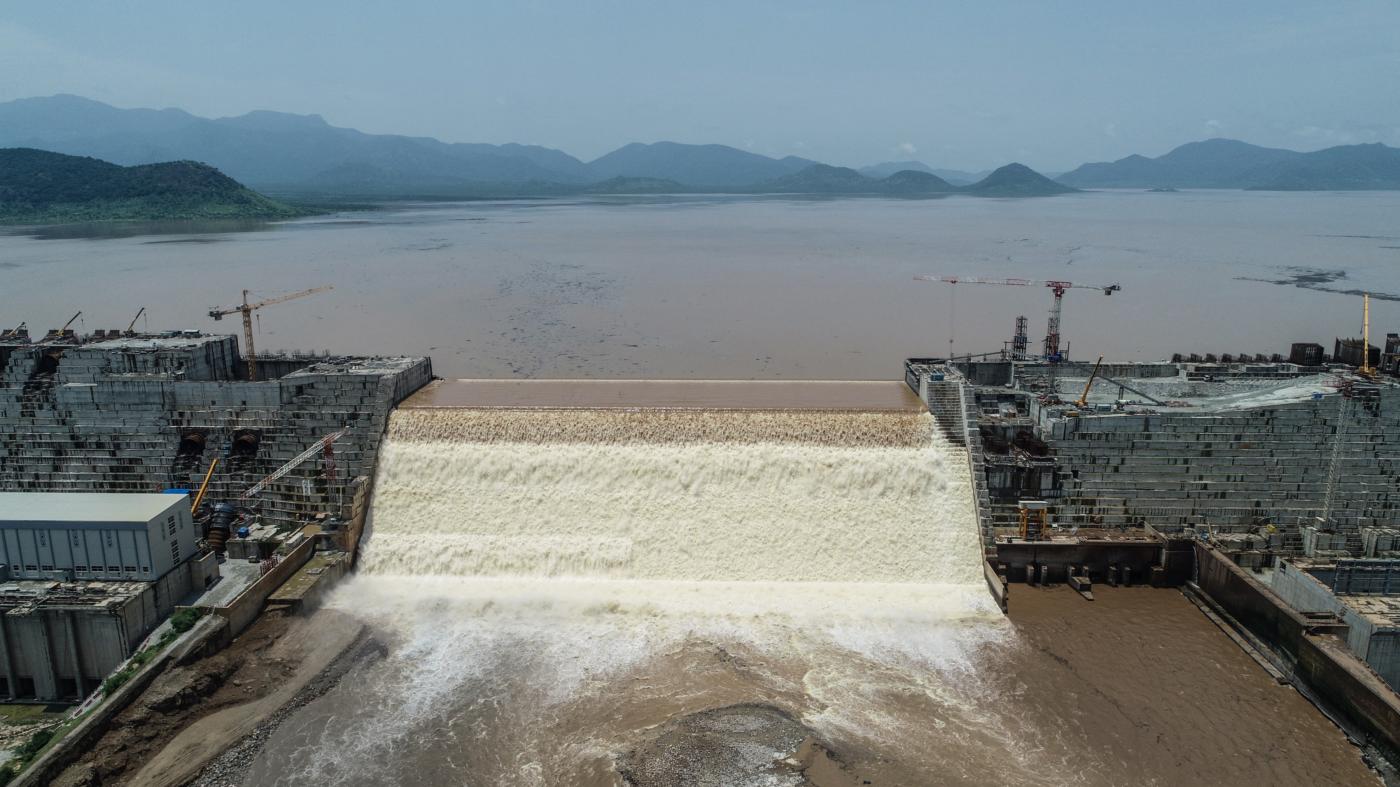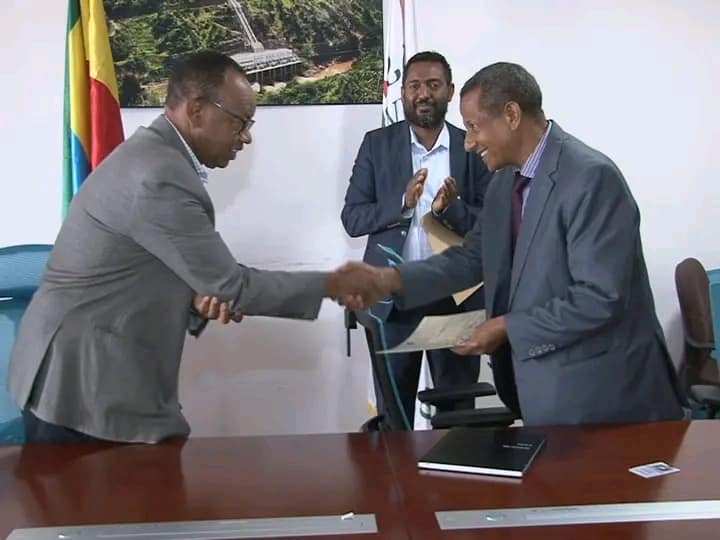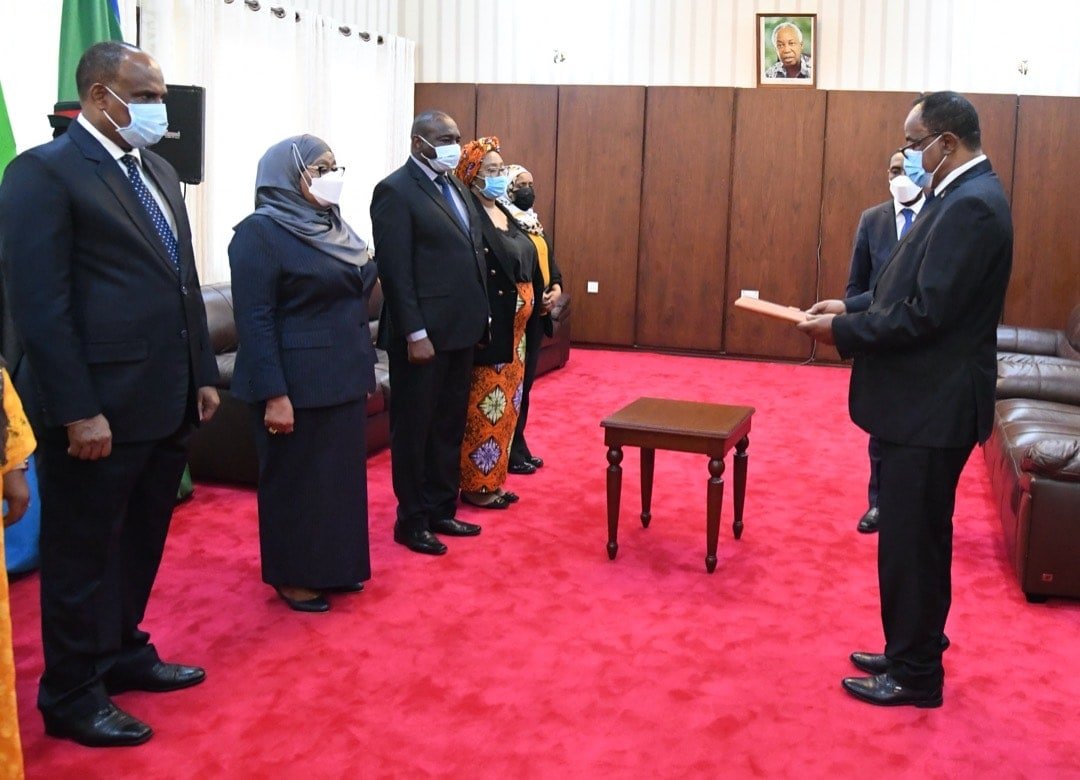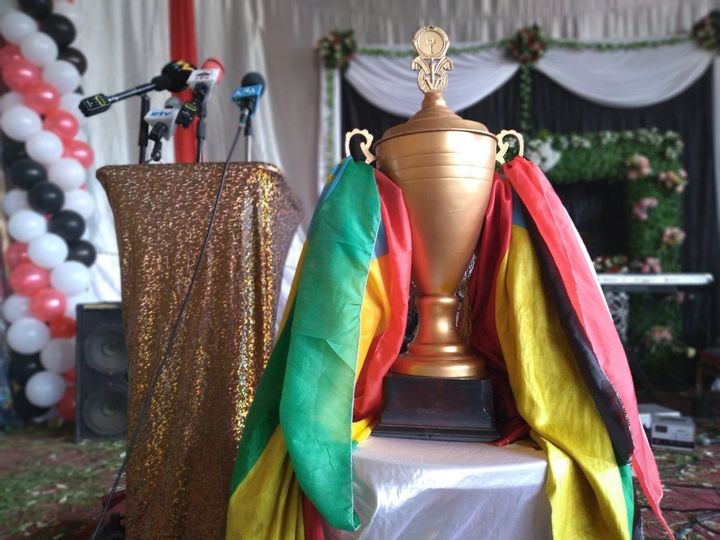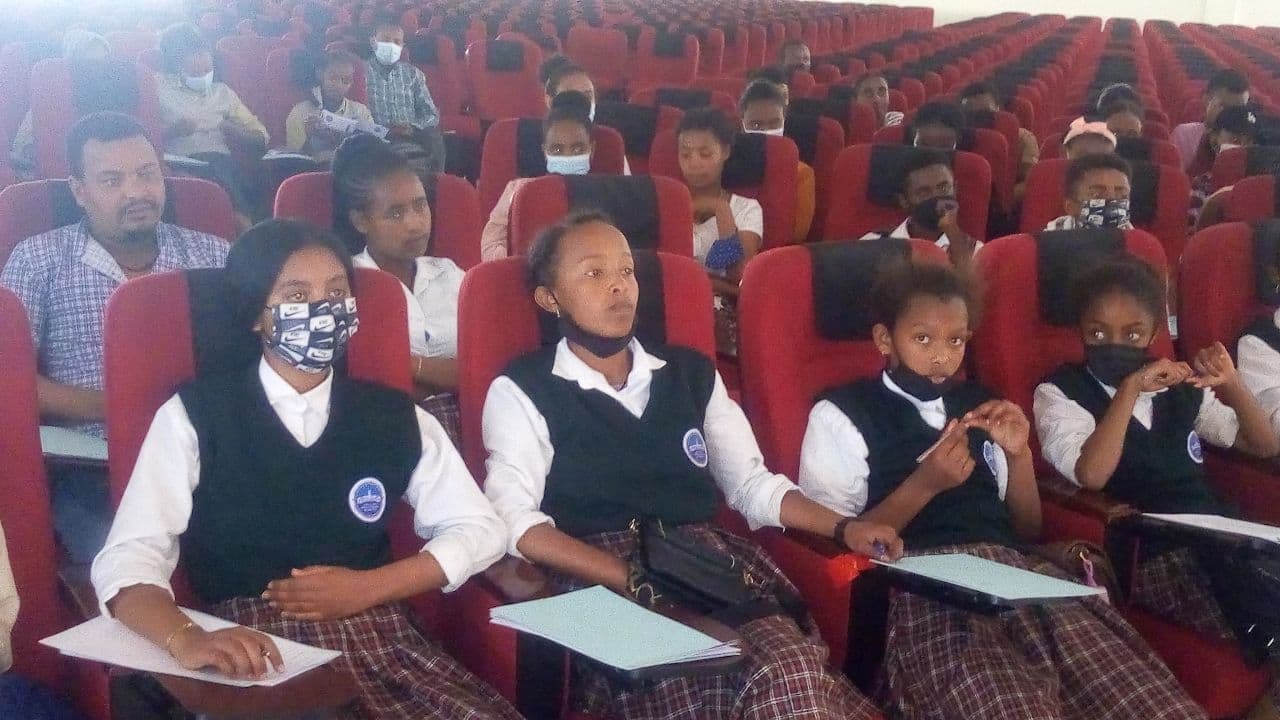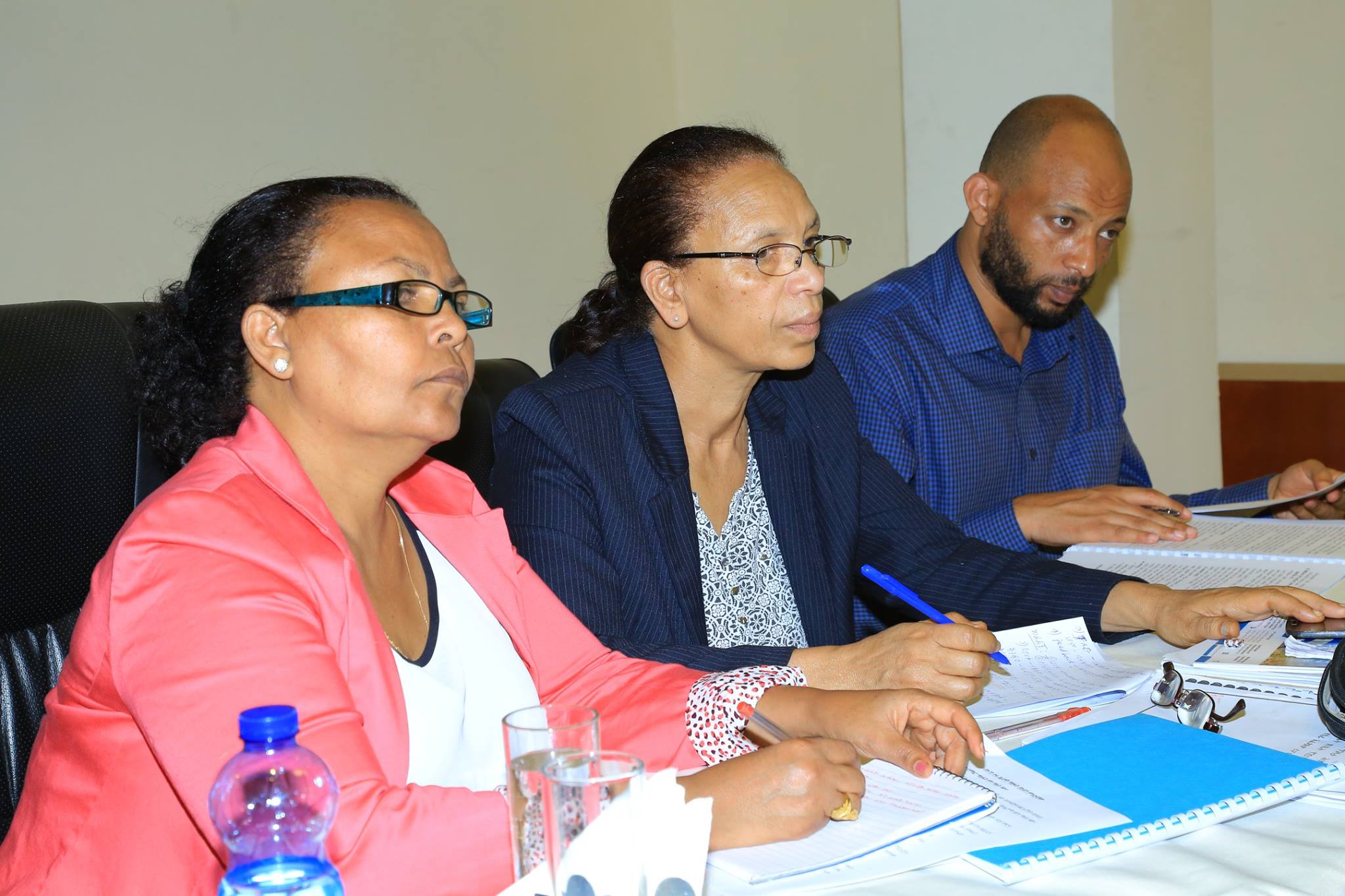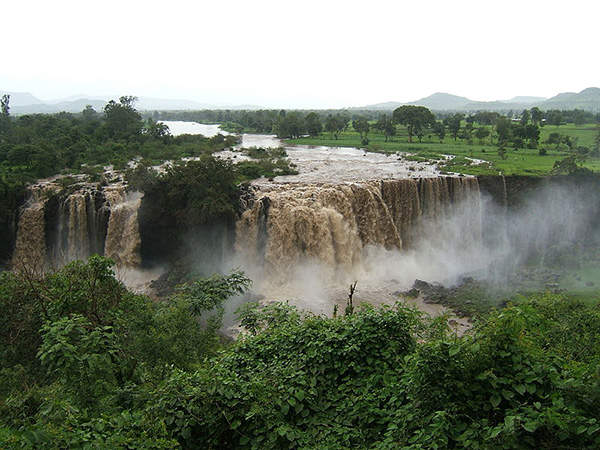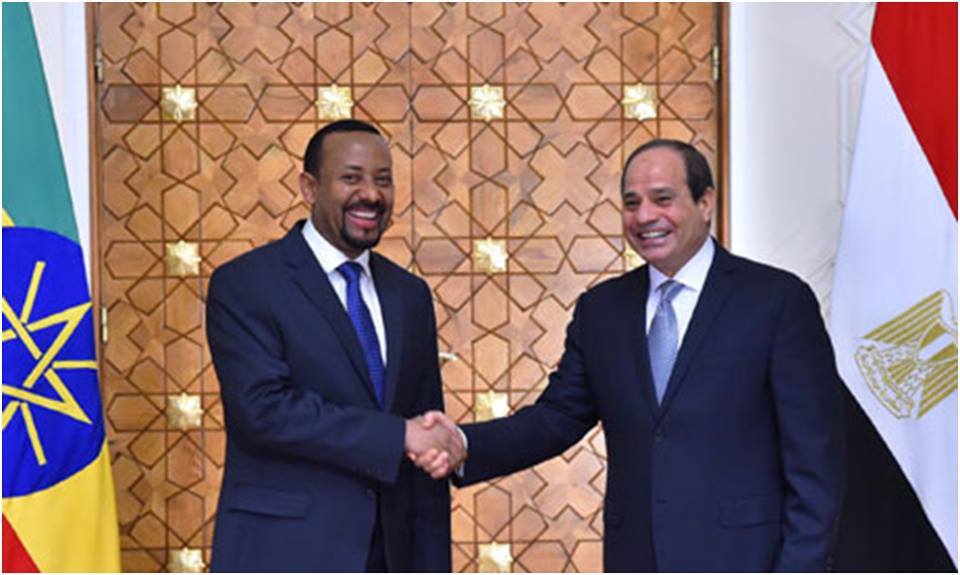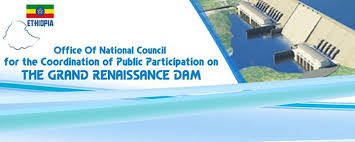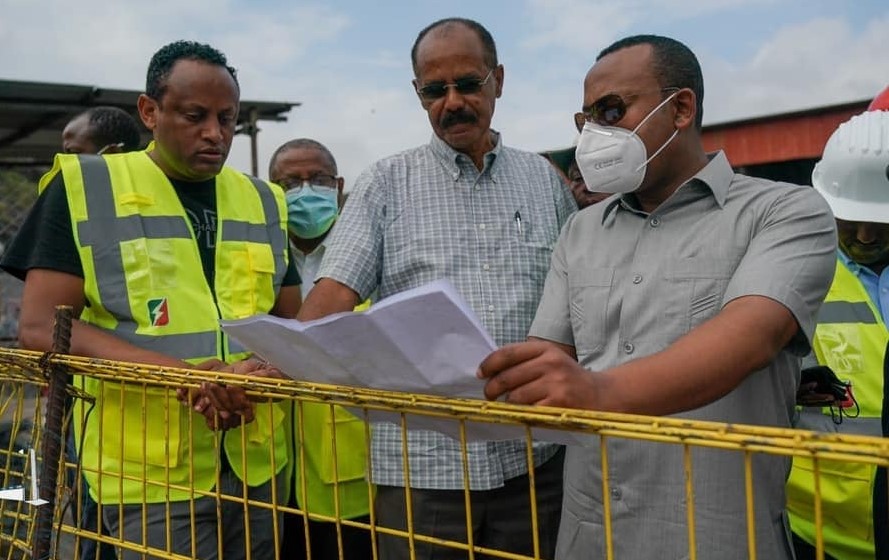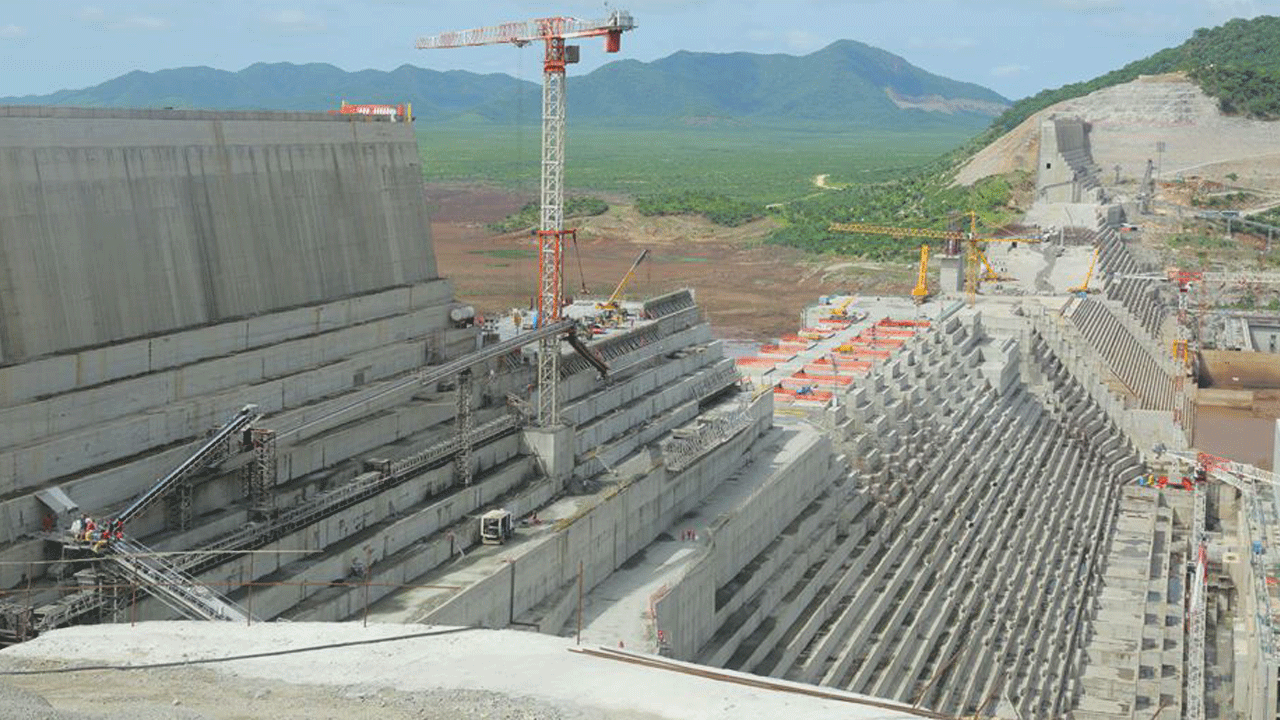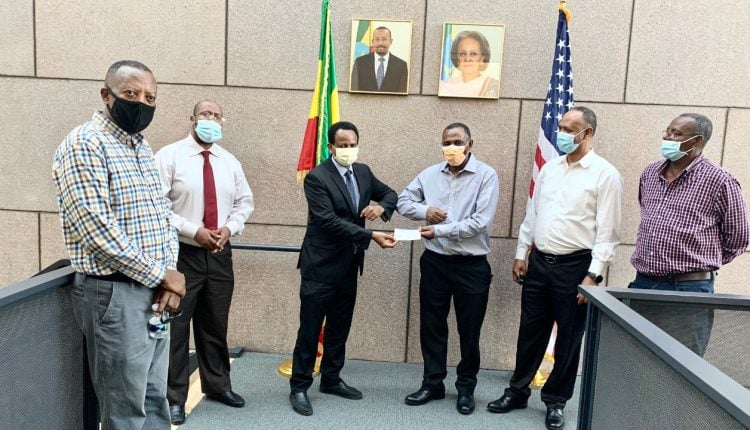GERD, Geo-political Nexus on the Horn of Africa BY SOLOMON DIBABA, ENA - Welcome
Nested Portlets
Asset Publisher
Web Content Search
Facts about the Dam
Asset Publisher
Events
Asset Publisher
GERD, Geo-political Nexus on the Horn of Africa
BY SOLOMON DIBABA, ENA
Given the fact that the hydrological and technical standards on the construction of Grand Ethiopian Renaissance Dam (GERD) have now been proved to be indisputable, Egypt and Sudan have shifted to political and diplomatic maneuvers attempting to make GERD a political hotspot which is essentially not relevant to the objectives for which Ethiopia is constructing the dam for its needs and to supply clean energy to Africa.
The recent honeymoon between Sudan and Egypt could be analyzed through five basic interlocking factors that ipso facto determine the geo-political scenario on the Horn of Africa
First, control of the Nile River Basin which was the colonial ambition of Britain based at its colony of Anglo-Egyptian Sudan explains why the 1929 and 1959 colonial treaties on the Nile have surfaced up as a challenge to the status quo when Ethiopia decided to build GERD on the Blue Nile.
This is discernable because the Nile, as the longest River in the World, bisects through 11 African countries which could have easily fallen prey to the dictates of British colonialism in its rivalry against other European colonial powers in Africa.
Second, in the advent of the opening of the Suez Canal in 1869, in further triggering the Scramble for Africa assumed a higher degree of momentum giving Britain and later Egypt a major source of income and a sphere of influence over the rest of Africa. For instance, in 1977, Egypt transported a huge amount of armaments to Somalia in support of Zaid Barre’s dream of Greater Somalia by annexing a huge portion of the eastern part of Ethiopia. In the same period, NATO and the US supported Somalia’s aggression on Ethiopia as part of their strategy of ascertaining their full control over the Horn of Africa and the US naval station at Diego Garcia.
Third, over the last several years, the Horn has witnessed waves of the establishment of military bases in Djibouti by major world powers including a total of 11 bases which among other countries belonged to the US, China, Turkey and other countries, thus making the Horn of Africa a decisive bone of contention. This actually resulted from power rivalry in the Persian Gulf spilling over, expanding and extending into the Horn of Africa as part of containing possible expansion of Iran into the area.
Fourth, while the major powers have been clustering their military bases in Djibouti, the Egyptians did not choose to sit on the fence but attempted to join in the rivalry by soliciting for a spot in Sudan, Somaliland and South Sudan as part of her strategy of containment over Ethiopia and possibly on the Horn. Egypt was able too quickly ink a military pact with Sudan by exploiting the precarious situation in the country and the border dispute with Ethiopia over the Fashaga Triangle.
It is to be noted that this was part of a strategy designed by the two countries to weaken Ethiopia and force the country into signing a binding and unfair treaty to arrest the country’s further attempts to build more dams on the tributaries of the Blue Nile.
Fifth, Egypt and Sudan now seem to adapt a policy of expanding and politicizing the issue of GERD into spheres outside the jurisdiction of Africa and the AU. Although not officially communicated to Ethiopia, media outlets are reporting on attempts being made by Sudan to invite the USA, EU and UN in addition while in fact AU was mandated by the UNSC to lead the trilateral negotiations on GERD with the consent of the three countries.
On the one hand, articles 9 and 10 of the Declaration of Principles (DoP) on GERD denotes respect for the sovereignty of the negotiating countries and also the importance of their mutual consent if other countries are to be involved in an arbitration process. It stands to reason, therefore, the US has declined from involving into the negotiation process in a situation under which consent has not been made by the negotiating parties. This seems to be a shrewd attempt to invite some members of the UNSC to exert more pressure on Ethiopia in favor of Egypt and Sudan and to create a jigsaw puzzle to complicate further progress on GERD contrary to the provisions of the DoP.
As a country fully committed to the principles of pan Africanism, Ethiopia accords full respect to the AU and is fully convinced that AU all the necessary capacity to steer the negotiations in the most legal and rational manner. Indeed soliciting for additional arbitrators can never belittle the role AU is effectively playing as the only custodian for coordinating the negotiation on GERD.
Strategically, Egypt also attempts to use its position in the Arab League to rally pan Arabism against Ethiopia and tries to swing between pan Africanism and Arabism to buy time to complicate the geological situation on the Horn and to exploit the political crisis that would ultimately precipitate for her own vested interests.
It is to be noted that GERD is becoming far more meaningful to Ethiopia. Opening a National Symposium dedicated to the 10th Anniversary of GERD, Deputy Prime Minister Demeke Mekonnen said GERD is not only a living achievement of this generation but is also a symbol of sovereignty of Ethiopia. Indeed, Ethiopia has now become a power to reckon with as the days of chivalry are gone for good.
Delivering a presentation on the National Symposium, Engineer Seleshi Bekele, Minister of Water, Irrigation and Energy said that 91.2 percent civil works on the construction of GERD has so far been completed while 56.6 percent of the hydro-steel structures are completed. He added that 52.7 percent of the electro-mechanical part has been completed amounting to 78.8 percent of overall progress.
The Minister stressed that GERD is being constructed and that the second round of filling the dam is based on internationally accepted legal principles which included equitable and reasonable utilization of shared water resources while taking all appropriate measures to prevent causing significant harm, adaptive principle which means following filling mechanisms that could be accelerated or decelerated depending on the hydrological of the year and cooperative principle which stipulates filling mechanism that adjust to seasonality and delay of filling during extreme events.
GERD is being built to tackle the alarming development needs of the country in which high rate of poverty head ratio, about 21 percent of the population below internationally recognized level of poverty, low access to basic power services in which 65 percent of the population has no access to any form of electricity compared to 99 percent of the Egyptian population enjoying electric power.
Despite Ethiopia’s internationally accepted right to use its own water resources for generating electric power, Sudan and Egypt are fully engaged in their strategy of destabilizing Ethiopia by fueling and directly and indirectly supporting fugitive elements on the run so that the peoples and government of Ethiopia will take domestic security and stability and scale down the second round of filling GERD which is expected to be conducted somewhere between July and August this year.
According to sources from the Ministry of Water, Irrigation and Energy, Ethiopia respects the agreement on the Declaration of Principles and is also committed to conclude the trilateral negotiations under the auspices of the AU. The Ministry further stated that unfair claim of the entire Nile Water and protecting the status quo caused significant harm on Ethiopia’s quest for development. Ethiopia negotiates for equitable and reasonable utilization without causing significant harm to its downstream neighbors.
Besides, in a couple of months, Ethiopia will hold a national election which is more than ever expected to be the most democratic, peaceful, credible and rational election in the history of this country. Whatever the result might be the peacefulness, credibility, fairness of the upcoming election will certainly be not only a landmark in the history of the country but also a litmus paper for the nascent democracy in this country. It will certainly draw the attention of local stakeholders of the political system, international partners and notably the UN and AU. Any level of disruption of the election from any corner of the country or elsewhere will have far reaching consequences not only for Ethiopia but also for countries near and afar.
Obviously, there is a broad opportunity that cooperation provides a solution to the divergence over the Nile River as the Nile is source cooperation than a source of dispute. The lower riparian countries should de-escalate tensions and defuse provocative rhetoric to resolve the dispute on the use of Nile waters. Otherwise, Egyptian irredentism and destabilization strategy benefits no country in the area but would certainly serve as a good ground for promoting terrorism in all its forms across the Horn of Africa.
Photos about GERD
About Us
Benefits of the Grand Renaissance Project
At the completion of the project, the average generation of 15,759 Giga watt hours per year will have a significant contribution to the national electricity system. The contribution of this project will be higher to reach the targets set by the rural electrification villages and to increase the supply from 44% to 90%.
The major components of the project
The Grand Ethiopian Renaissances Dam is being constructed for the purpose of generating electricity with total installed capacity of average annual energy production of about 15,759 GWh/yr.
Discharge rate about 1,547 m3/s.
The reservoir area will cover 1,874 square kilometers at full supply level of 640 meters above sea level maximum amd 590 metres minimum.
It has a 1.8 km length and 145 m height Roller Compacted Concrete dam.
Saddle Dam embankment of length 5.2 km and height 50 m.
The total storage volume is 74 billion cubic meters
